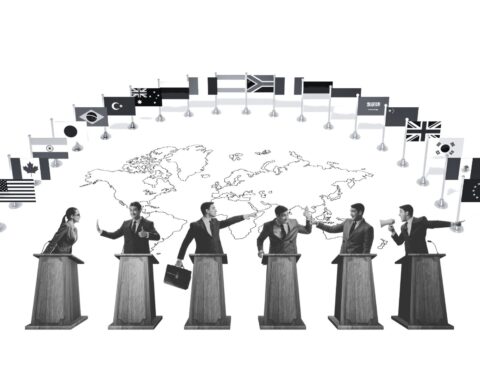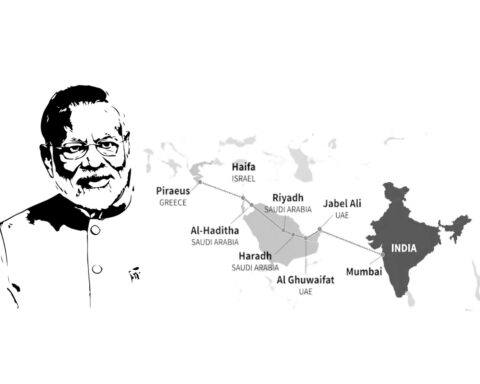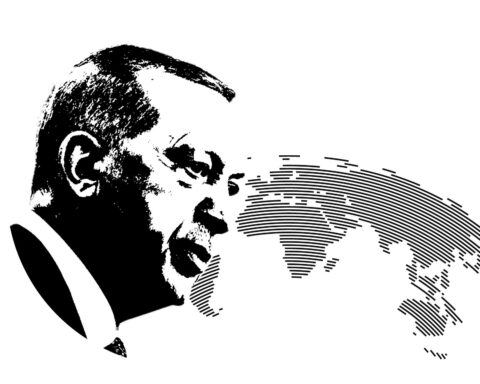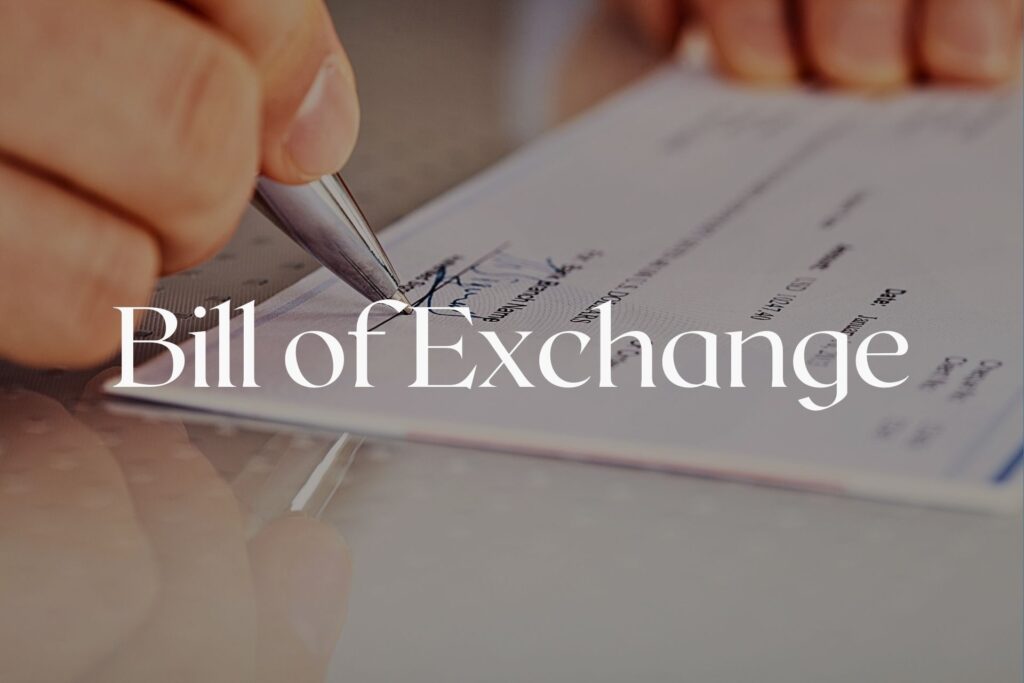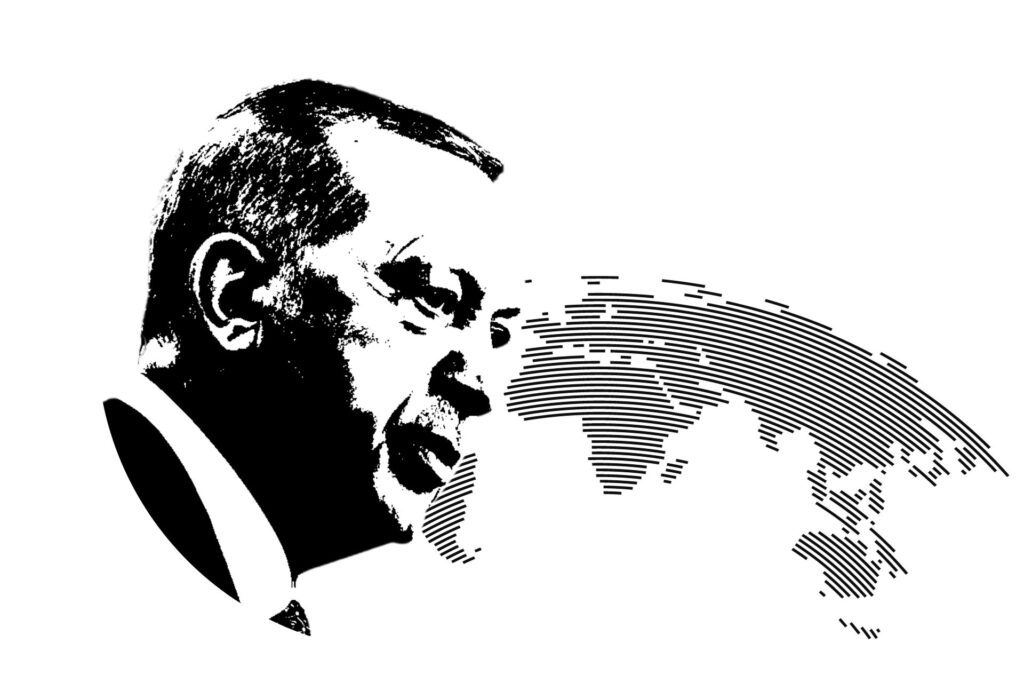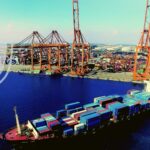In the dynamic world of global trade, the month of July 2023 presented an intriguing landscape of fluctuations and disparities. According to the monthly CPB World Trade Monitor, the global merchandise trade experienced a 0.6% decrease compared to the previous month, June. This trend was consistent with the preceding month’s decline of 0.6%, suggesting a pattern of economic volatility.
One of the key drivers behind this significant drop in global trade was the conspicuous decline in China’s trade activity. China, a global economic powerhouse, experienced a notable contraction, with imports plummeting by 5.2% and exports falling by 2.9%. This decline can be attributed to various factors, including supply chain disruptions, a slowdown in demand, and global economic uncertainties. China’s performance in the international trade arena often sets the tone for global trade, and these numbers raised concerns about the broader implications of the world’s second-largest economy facing headwinds.
Beyond China, two other regions also witnessed substantial declines in trade activity. Advanced Asia, excluding Japan, reported a 5.2% decrease in imports, signaling potential challenges in this economically vibrant region. Meanwhile, emerging Asia, excluding China, saw a 1.9% drop in exports. These figures may be indicative of broader global economic challenges or regional factors impacting trade dynamics.
On the flip side, some economies managed to defy the downward trend. The United States, despite its own economic challenges, experienced an increase in imports by 1.9% and exports by 1.2%. This performance could be attributed to the U.S.’s efforts to stimulate domestic consumption and a resilient export sector. Similarly, the United Kingdom, post-Brexit, witnessed a 0.4% increase in imports and an impressive 5.2% increase in exports. These numbers suggest that the UK’s trade strategies might be bearing fruit, although it’s essential to monitor their sustainability.
Japan, another prominent player in global trade, showed resilience as well. The country reported a 1.7% increase in imports and a 1.4% increase in exports. This could be seen as a sign of Japan’s ability to adapt to changing global trade dynamics and find opportunities amidst challenges.
Meanwhile, the Eurozone experienced a mixed bag of results, with imports increasing by 0.3% but exports decreasing by 0.9%. This discrepancy may be linked to the varying economic conditions and trade dynamics within the Eurozone’s member countries, highlighting the complexity of the European trade landscape.
As we reflect on these trade figures for July 2023, several themes emerge. First and foremost is the interconnectedness of global trade. A slump in one major economy, like China, can have ripple effects across the world. Secondly, the pandemic’s lingering impact on supply chains and consumer behavior continues to affect trade patterns. Thirdly, the success of individual countries in navigating these challenges reveals the importance of adaptability and strategic planning.
While these monthly fluctuations are significant, it is vital to consider them within the broader context of global trade. Economic cycles are a natural part of the global economy, and individual months may not tell the whole story. Policymakers, businesses, and investors should closely monitor these trends and remain flexible in their strategies to navigate the ever-evolving landscape of international trade. July’s data serves as a reminder of the fragility of the global economy and the need for resilience in the face of uncertainty.



